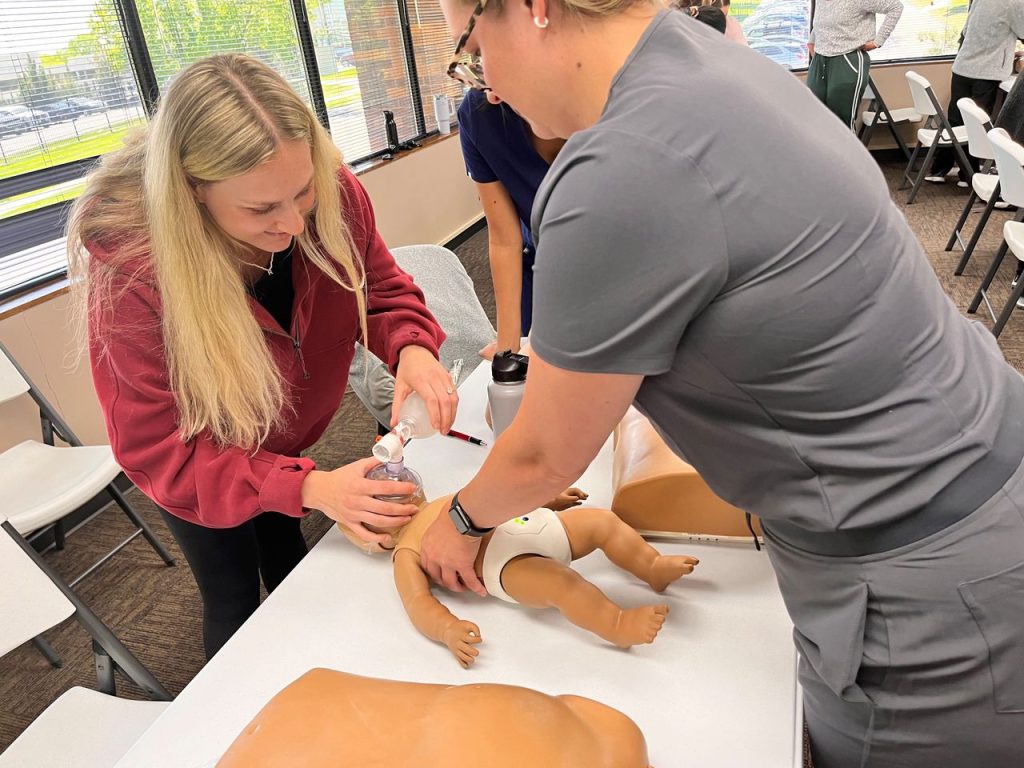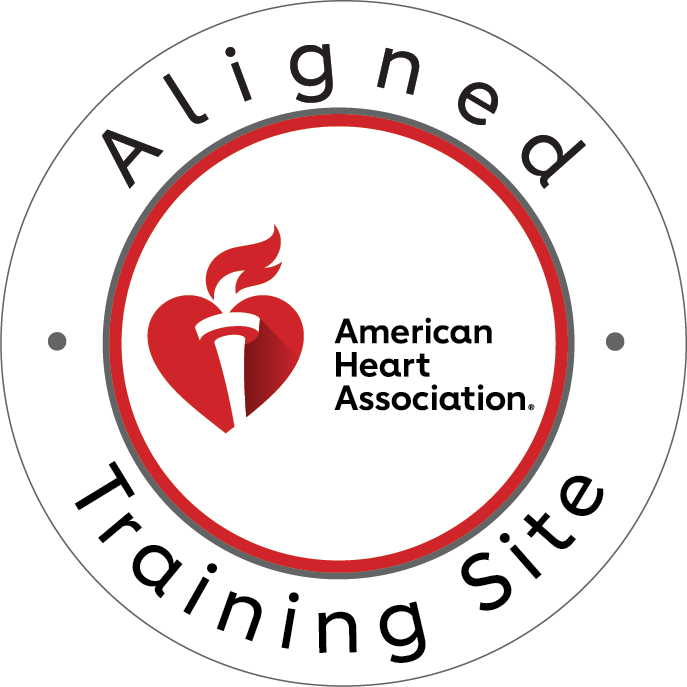In the critical moments when CPR is needed, healthcare providers must be prepared to adapt their techniques for different patient populations. Just as medical treatment is personalized for optimal outcomes, CPR approaches must be tailored to meet the unique needs of diverse patient groups. This comprehensive guide explores the essential modifications and considerations for performing CPR across special populations.
Why Standard CPR Protocols May Not Always Apply
The traditional CPR protocols taught in basic AHA CPR Skills Tests serve as a foundation, but healthcare providers must recognize when and how to modify these techniques. Research shows that factors such as age, body composition, medical conditions, and trauma scenarios can significantly impact CPR effectiveness.
Pediatric Patients: Beyond the Basics of AHA CPR Skills Test
Children require specific modifications to standard CPR techniques:
- Compression depth must be adjusted based on patient size
- Different hand positioning techniques for infants vs. older children
- Modified compression-to-ventilation ratios
- Specialized equipment considerations
Recent studies indicate that proper depth modifications in pediatric CPR can increase survival rates by up to 30%.
Geriatric Considerations in CPR
Elderly patients present unique challenges:
- Increased risk of rib fractures during compressions
- Consideration of existing medical conditions
- Modified compression force while maintaining adequate depth
- Special attention to skin integrity and pressure points
Data shows that age-appropriate CPR modifications can improve outcomes in geriatric patients by 25%.
Pregnancy and CPR: Critical Adaptations
Pregnant patients require specific considerations:
- Left lateral tilt positioning
- Higher hand position for chest compressions
- Consideration of perimortem cesarean section
- Modified airway management techniques
Studies demonstrate that proper positioning alone can increase maternal survival rates by up to 40%.
Bariatric Patient Considerations
Obesity presents distinct challenges:
- Modified hand positioning and compression techniques
- Equipment adaptations
- Team-based approaches for effective delivery
- Special consideration for airway management
Research indicates that proper technique modifications can improve CPR success rates in bariatric patients by 35%.
Trauma Patients: When Standard CPR Isn’t Enough
Trauma cases require specific adaptations:
- Consideration of underlying injuries
- Modified positioning based on injury patterns
- Integration with hemorrhage control
- Specialized equipment needs
Evidence shows that trauma-specific CPR modifications can increase survival rates by 28%.
The Impact of Chronic Conditions on CPR Delivery
Pre-existing conditions require careful consideration:
- Cardiovascular disease modifications
- Respiratory condition adaptations
- Osteoporosis considerations
- Device-specific protocols (pacemakers, VADs)
Technology and Special Population CPR
Modern technology enhances CPR delivery:
- Mechanical compression devices
- Real-time feedback systems
- Specialized pediatric equipment
- Advanced monitoring tools
Studies show that appropriate technology utilization can improve CPR quality by up to 45%.
Training and Preparedness: Beyond Basic AHA CPR Skills Test
Healthcare providers must maintain readiness:
- Regular scenario-based training
- Population-specific skill development
- Team communication protocols
- Equipment familiarity
Research indicates that specialized training improves provider confidence by 60% and patient outcomes by 40%.
Implementation Strategies for Healthcare Teams
Successful adaptation requires:
- Clear protocols for population identification
- Quick reference guides
- Team role assignments
- Regular practice scenarios
Best Practices for Documentation and Quality Improvement
Maintaining high standards through:
- Detailed documentation of modifications
- Quality improvement initiatives
- Outcome tracking
- Regular protocol updates
Call to Action: Advance Your CPR Skills with CPR Nashville
Take your lifesaving skills to the next level with specialized CPR training at CPR Nashville. As an American Heart Association training site, we offer:
- Comprehensive BLS, ACLS, and PALS certifications
- Hands-on training with population-specific scenarios
- Expert instructors with real-world experience
- Stress-free learning environment
- Convenient scheduling options
Register now at CPR Nashville to enhance your ability to provide effective CPR across all patient populations. Visit our website or call us today to schedule your next certification or renewal course.





